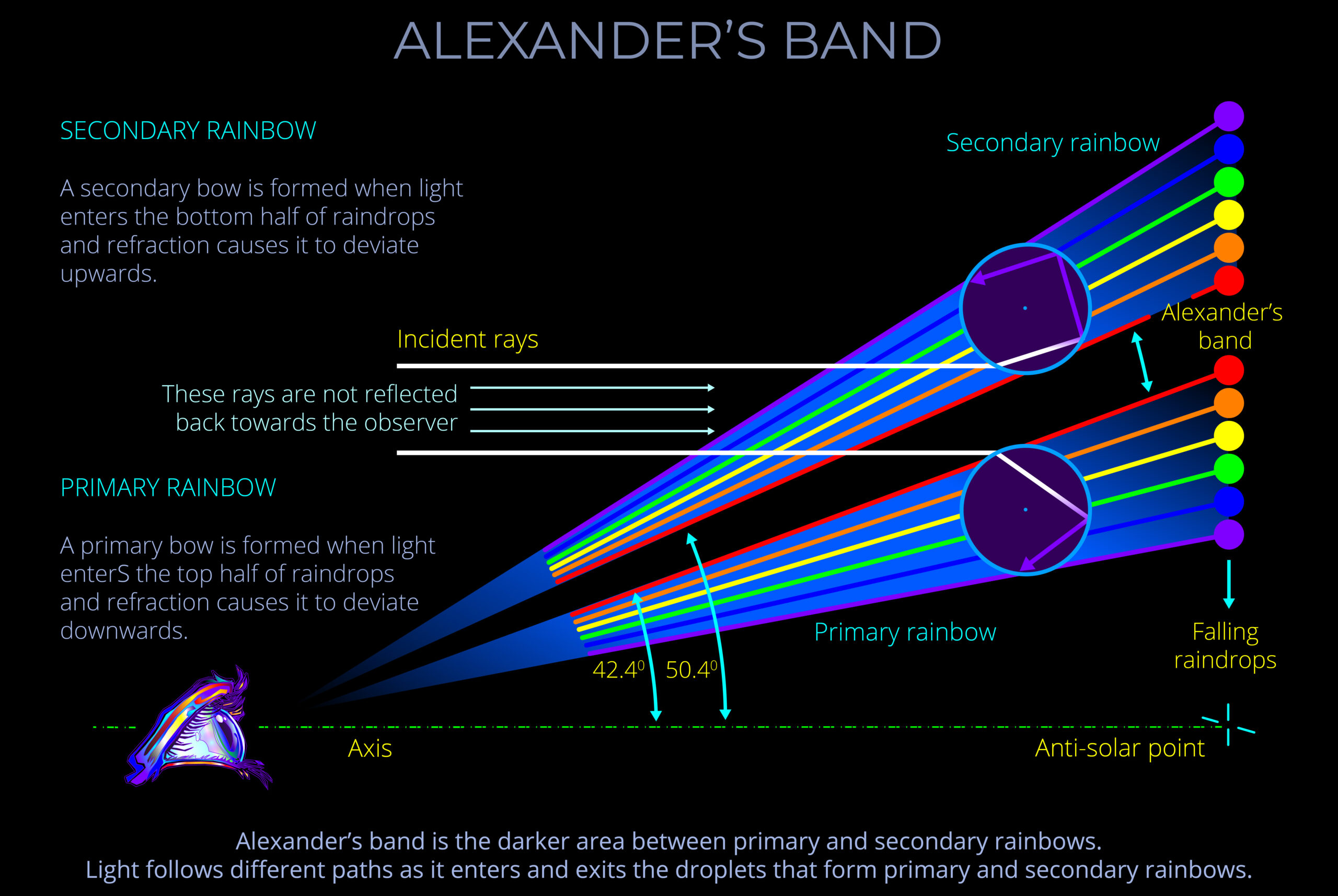A human observer is a person who engages in observation or watches something.
- Humans observe themselves, each other and the world around them.
- The act of observation allows us to develop our understanding of ourselves and interact with the world.
- When an observer sees something they are engaging in visual perception.
- An observer can take many forms:
- A person watching an ocean sunset or the sky at night.
- A person studying a baby’s face.
- A person studying something they can’t see by collecting data from an instrument or machine.
- A person conducting an experiment in a laboratory setting.
References
- A human observer is a person who engages in observation or watches something.
- Humans observe themselves, each other and the world around them.
- The act of observation allows us to develop our understanding of ourselves and interact with the world.
- When an observer sees something they are engaging in visual perception.
- An observer can take many forms:
- A person watching an ocean sunset or the sky at night.
- A person studying a baby’s face.
- A person studying something they can’t see by collecting data from an instrument or machine.
- A person conducting an experiment in a laboratory setting.


